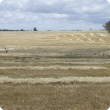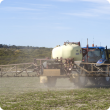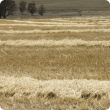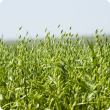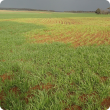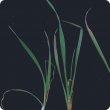Crops
The Department of Primary Industries and Regional Development continues to support the growth and international competitiveness of all crop industries in Western Australia.
With a 2400 kilometre span from its tropical north to its temperate south, WA supports a broad range of cropping industries from rain-fed winter cereals through to irrigated horticultural crops.
In the 2012/13 year the WA cropping industries exported a total of $3.9 billion which comprised: $3.1 billion of cereals, $859 million of pulses, pastures and oilseeds, $142 million of horticultural crops. The major contributors to these exports were wheat ($2.7 billion), canola ($756 million), barley ($377 million), lupins ($42 million), carrots at $48 million, oats ($12 million), and strawberries at $5.5 million.
Filter by search
Filter by topic
- (-) Remove Oats filter Oats
- Grains (14) Apply Grains filter
- (-) Remove Hay production filter Hay production
- Production & postharvest (8) Apply Production & postharvest filter
- Plant nutrition (5) Apply Plant nutrition filter
- Pests, weeds & diseases (3) Apply Pests, weeds & diseases filter
- Fertiliser (2) Apply Fertiliser filter
- Frost (1) Apply Frost filter
- Grains Research & Development (1) Apply Grains Research & Development filter
- Diseases (1) Apply Diseases filter
- Weeds (1) Apply Weeds filter
- Investment (1) Apply Investment filter
- Bacteria (1) Apply Bacteria filter
- Agribusiness Food & Trade (1) Apply Agribusiness Food & Trade filter
- Climate & weather (1) Apply Climate & weather filter
- Climate, land & water (1) Apply Climate, land & water filter
- Crop weeds (1) Apply Crop weeds filter








